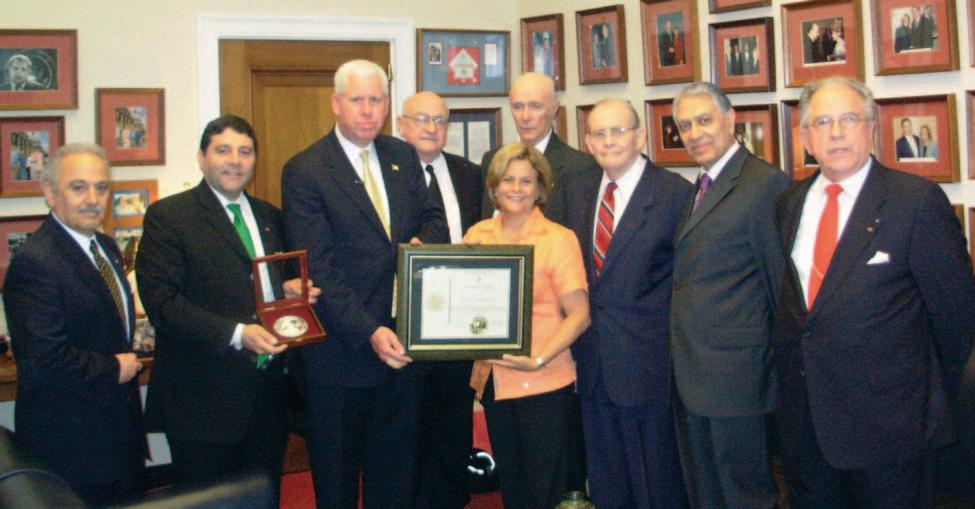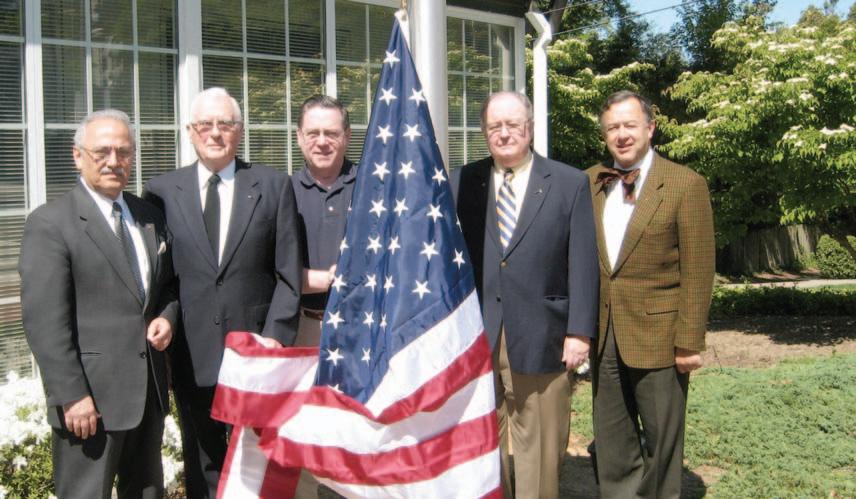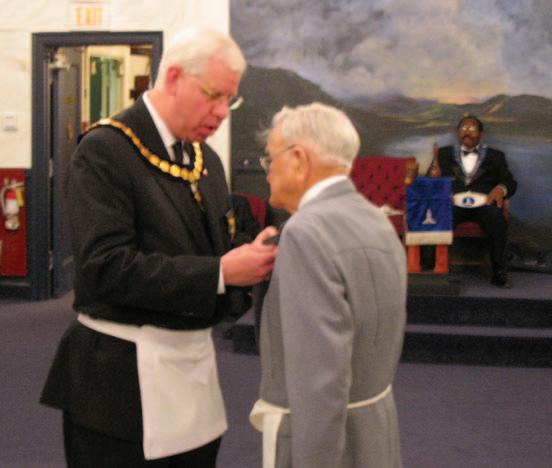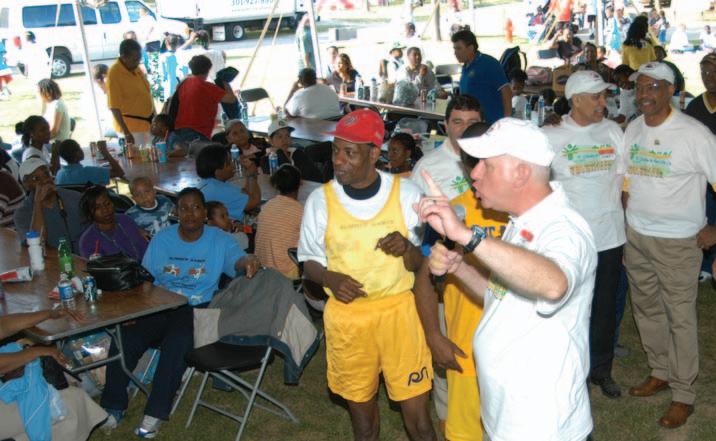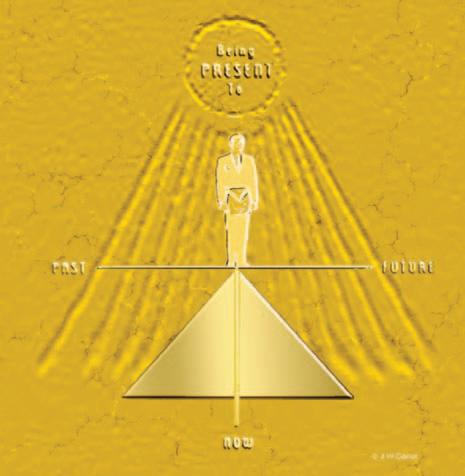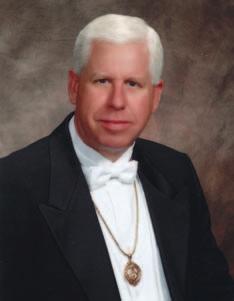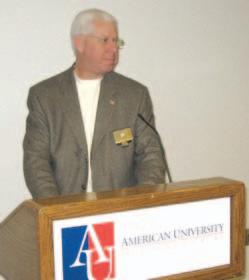THE NATURE OF MASONRY
The Nature of Masonry Jerry W. Carter, III hat is Masonry, really? Is it simply a men’s eating and drinking club? Or is it something more significant? How could 18th century Masonry be understood by Masons, then or now, as not much more than an innocuous men’s club? This perspective is the source of a nagging question for some contemporary Masons. Can it really be taken seriously?
W
It seems inconceivable that Masons could step back from a past of high standards, divine inspiration and intellectual pre-eminence to become an inconsequential and self-serving social organization. Masonry, without doubt, was once the most productive and formative human force in the destiny of mankind. When the Rev. Dr. James Anderson published “The Constitutions of the Free-Masons” in 1723, the idea began to emerge that Masonic bodies were only “men’s eating and drinking clubs.” Rather than accept that as fact, we might wonder whether it was not an exaggerated criticism intended to hide the serious work of Masonry. Whether it was a criticism or not, that appears to apply to present day Masonry. How often have we heard great food trumpeted as the only description of a missed lodge meeting? There appears, indeed, to be a glaring incongruity between Masonry of the past and what Masonry is today. It appears to some to be little more than a social club for men where easy charity is exercised, investment into the future of humanity is limited, and urgent matters of national and world health are either not discussed or glibly brushed over. Current practices, in most cases do stand at odds with the spiritual values, mind set, designs, and actions of the past. Standing in stark contrast to the concept of a men’s social club, Anderson’s “Constitutions” was the most important statement Masonry had made about itself up to that time. Years of collection and analysis of ancient secret Masonic documents were synthesized into one volume. The Constitutions was a guide to Masonic wisdom and history, a consolidation of the wisdom of eminent scientists, scholars and theologians. The Voice of Freemasonry
10
Considering the quality and the source of the information contained in The Constitutions, it is indeed curious that such a bland, men’s club picture remains for many the image of Masonry. It is also curious that Anderson’s “Constitutions” is still unknown to most long-time Masons; and for those who have heard about it, at least in the Americas and Europe, it is regarded merely as a historic curiosity, which few have read or understand. Now, about three centuries after the publication and distribution of Anderson’s “Constitutions,” the main concern of contemporary Masonry is focused on the sharp decline of membership and lodge closings. It is mystifying and alarming to many Masons that only a few men enter Masonry, and of those who do, still fewer remain to fill an ever-declining number of lodges. The fact is there are a growing number of men in our society who are obviously unsatisfied seekers. With their interest piqued by recent scholarly and theatrical presentations about Masonry, they enter into our lodges with high expectations as they work to reach their objective to become a part of a Masonry that is rich with meaning and significance. These new members, however, soon learn that Masonry has become more and more bland, and less relevant in increasingly stressful contemporary conditions. Moreover, contemporary Masons are encouraged not to compare the Masonry of history with Masonry now. Some apparently fear that in this comparison we would suffer greatly, for the Masonry of late has not been able to attract or support the modern equivalents of Desaguliers, Da Vinci, Newton or Mozart. Instead of embracing our past, we turn away from our greatest asset and in the process discourage the very unusual minds that could tremendously benefit both our society and Masonry. Time rushes by. Now is the moment for American Masonry to look more closely at the totality of Masonry’s achievements, and then to honestly evaluate our relevance today. We should look at ourselves and Masonry,



